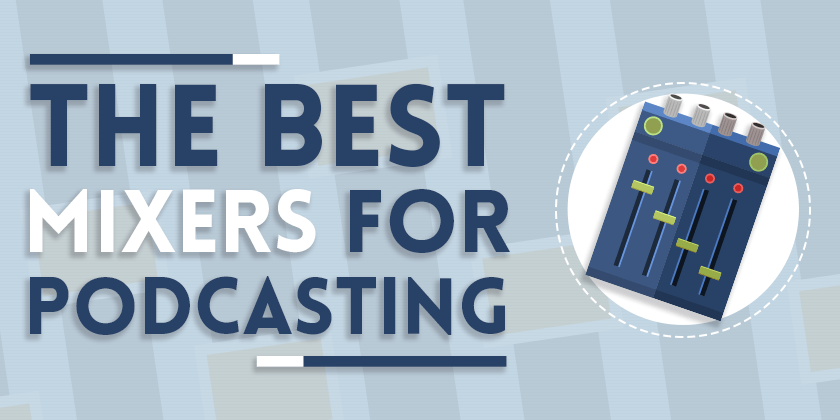

Other names for a pop filter include a windscreen, or if you are using a hand-held mic, a foam ball. The important thing here is to ensure that it is large enough and can be positioned at different angles so that it can block all of the airflow to the microphone. A pop filter is basically a layer of fabric that is placed in front of the microphone to block the airflow from reaching it without blocking any of the sound. This will commonly occur during speech when people are breathing in the direction of the microphone or pronouncing the letter “P” in particular. For example, if you hit the arm with your hand, the vibration will travel through the arm and into the microphone without a shock mount.Ī pop filter is used to prevent the loud popping sounds that are caused by fast-moving air that blows onto the microphone. It also allows them to be more comfortable throughout the recording.Ī shock mount is used to fasten the microphone to the microphone arm and helps eliminate any noise that comes from vibrations or contact with the microphone or mic arm. Microphone arms are important to keeping a consistent sound level throughout the podcast as your guest moves around. In fact, they are an essential part of any podcasting studio. Unless you and your guests want to hold their microphones up throughout the entire podcast, you should invest in microphone arms. As you get more experience, you can work your way up to more advanced editing software. If you are new to podcasting, you should stick with a simplistic program.
SAMSON SOUND DECK GUIDE HOW TO
There are a lot of great options and to best one for you is usually the one that you can learn how to use the fastest. You have a ton of options at your disposal when it comes to podcast editing software. Headphones are essential because without them, you will be blind to any noise issues or audio level drops and changes that may be too difficult to fix in the post-production stage. A good pair of headphones will allow you to cancel out noise in your environment so you can focus solely on the audio that is being recorded through them. Headphones are easy to overlook but they are a critical component of putting together a solid podcasting studio. For advanced podcasters, you can go with Rode Podcaster or Heil pr 40 microphones which will provide you with better sound quality. We went over podcast microphones in great detail in a previous article which you can find here.įor a quick review, we would recommend Blue Yeti or Audio Technica microphones which will run you about $150 each. There are a few factors to consider when it comes to microphones such as the style, quality and cost. You will need one microphone for yourself and if you are going to interview people, a second microphone for them. Below, we will list all types of equipment you might want, and then later, we’ll go in more depth about which items we recommend for how serious you want to be with your project. The three things that you will need at an absolute minimum are microphones, headphones and recording software. Now that you have a direction for your podcast, it is time to go over equipment that you will need. Starting from the best podcast hosting site where you’ll host your content and then selecting the right equipment for your setup.
SAMSON SOUND DECK GUIDE UPGRADE
Once you gain some experience, you will have a better idea of what you need and how to upgrade your equipment as you go but it is always better to have the best systems in place so you can just focus on expanding and scaling. If you are new to podcasting, the best advice is to get the bare essentials and start making podcasts consistently. However, if you are going to take it seriously and believe that it will impact your business bottom line, it is recommended that you invest in higher quality equipment so that you can produce the best quality podcasts. If you are looking to podcast casually or not often, you can get by with some of the beginner and intermediate level equipment. You should also consider how often you are going to be podcasting, and what sort of quality you are looking for and what you can afford. This will depend on a few factors.įirst, you should decide whether you are going to podcast as a casual hobby, or if it is something that you are going to want to grow and potentially make money from. The first thing you should do before you start to put together your podcast studio is to decide how much money you’re going to put into it.
SAMSON SOUND DECK GUIDE PROFESSIONAL



 0 kommentar(er)
0 kommentar(er)
